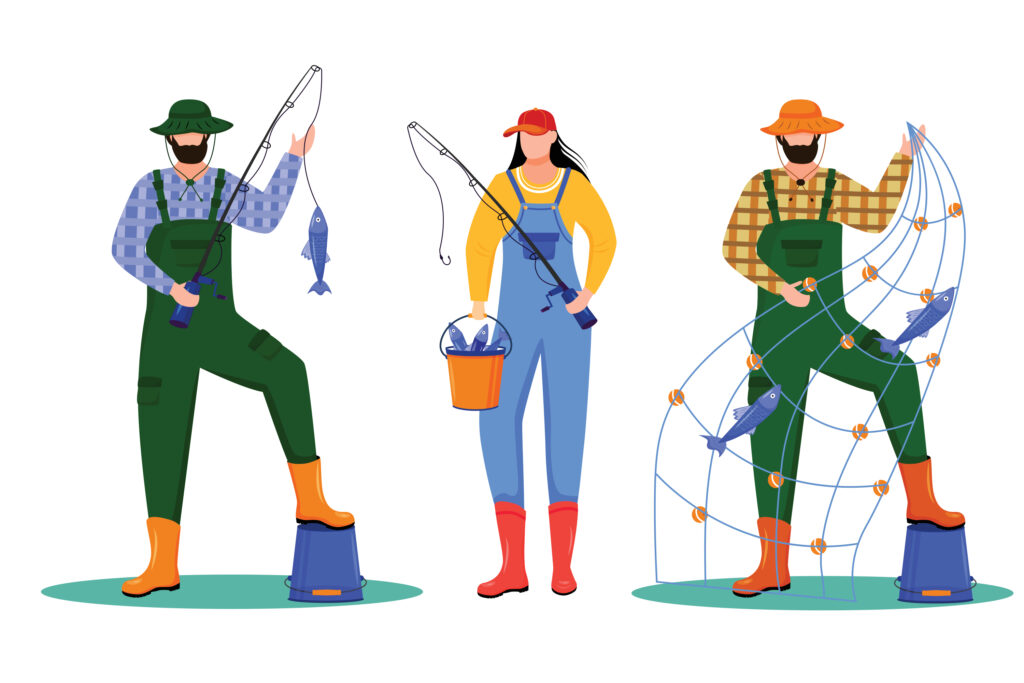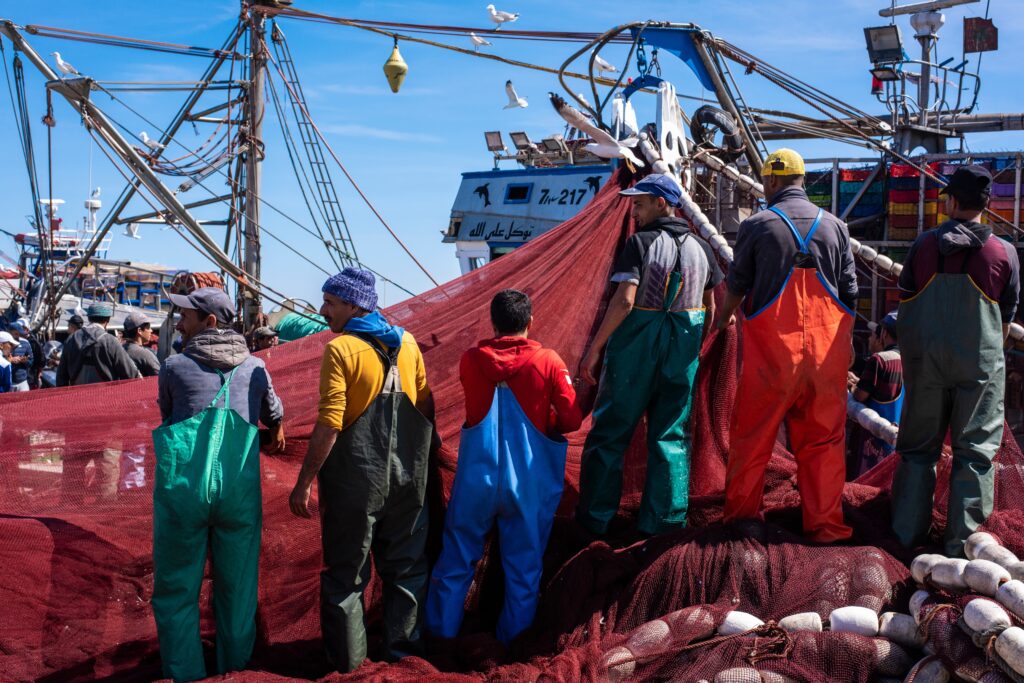Introduction
Waders are waterproof boots that extend from the foot to the chest, typically crafted from materials like rubber, neoprene, or PVC-coated canvas. They are an essential part of gear for individuals working or engaging in leisure activities in wet environments. This comprehensive guide provides an in-depth look into the manufacturing process of waders, the international standards they adhere to, and the typical customer personas who buy them.

Manufacturing Process of Waders
The manufacturing of waders is a detailed and meticulous process, involving several stages from conceptualization to packaging.
Design and Material Selection
The first step involves brainstorming and conceptualizing the type of wader to be produced. Decisions are made regarding the specific type of wader (chest, waist, or hip), materials to be used, and specific features to be included. Following this, a detailed design is crafted, including patterns for each part of the wader.
Cutting and Assembling
The chosen materials are cut according to the patterns created during the design stage. After cutting, the pieces are sewn together, with the type of stitching and thread material chosen carefully to ensure durability and waterproofness. Extra features like pockets, zippers, or D-rings are then added.
Seam Sealing and Boot Attachment
All seams are sealed to make them waterproof, using heat, adhesive tapes, or liquid sealants, depending on the material. High-stress areas like the knees and seat are often reinforced for added durability. The boots, typically made of rubber, are then attached and their seams sealed to ensure waterproofness.
Inspection, Quality Control, and Packaging
Each wader is inspected for defects and tested for waterproofness. This process may involve filling the waders with water or air and checking for leaks. Once the waders have passed the inspection, they are packaged for shipping.
International Standards for Waders
Wader manufacturers often adhere to various international standards to ensure the quality, safety, and environmental impact of their products. While there are no specific international standards for testing waders, standards related to personal protective equipment (PPE), clothing manufacturing, and material testing are typically applied.
ISO 9001, ISO 20344:2011, and ASTM D751 – 06(2011) are some commonly followed standards. For products sold within the European Union, a CE marking may be required, signifying compliance with EU safety, health, and environmental protection standards. Furthermore, waders made from materials that could contain hazardous substances may have to comply with the REACH Regulation (EC) No 1907/2006.
Buyer Personas for Waders
The customer profile for waders is quite diverse, with a wide array of individuals finding utility in these waterproof garments.
Outdoor Enthusiasts
From anglers and hunters to general outdoor enthusiasts, many people purchase waders to aid in their activities. These individuals often need waders to access deeper waters, wetlands, or muddy terrains without getting wet or cold.
Professional Users
Environmental scientists, researchers, and workers in industries like construction, farming, or landscaping often need waders for their fieldwork in wet or muddy conditions.
Emergency Personnel
Certain emergency personnel, like firefighters or search and rescue teams, might require waders for rescue operations in flooded areas.
These buyers can span various demographics, but they’re most likely to be adults who live in or regularly travel to areas with wetland environments. They typically value practicality, durability, and comfort in their waders.
Conclusion

Waders, while simple in their purpose, involve a complex process of design and manufacturing to ensure they are durable, comfortable, and most importantly, waterproof. The process is carefully regulated by several international standards to ensure the product’s quality, safety, and environmental compatibility.
The customer base for waders is vast and varied, encompassing outdoor enthusiasts, professional users in various fields, and emergency personnel. All these users, despite their diverse backgrounds and needs, share a common expectation for their waders: reliable performance under wet conditions.
The future of wader manufacturing will likely see further advancements in material technology and design innovation, driven by the ongoing pursuit of enhanced comfort, durability, and environmental sustainability. The diverse customer base for waders also presents an opportunity for manufacturers to create specialized products tailored to the specific needs of different user groups.
From their origins as simple waterproof boots, waders have evolved into sophisticated pieces of gear that serve a critical function for a wide range of activities. Understanding the intricacies of their manufacturing process, the standards that regulate their production, and the diverse customer personas they serve can give us a deeper appreciation for these humble, yet indispensable pieces of outdoor equipment.